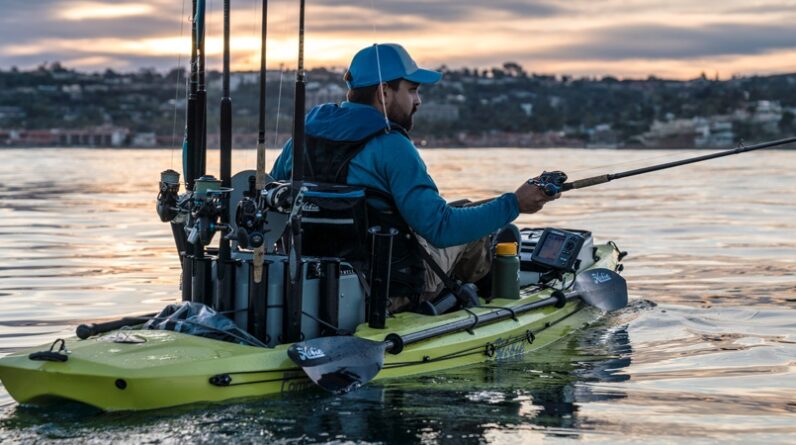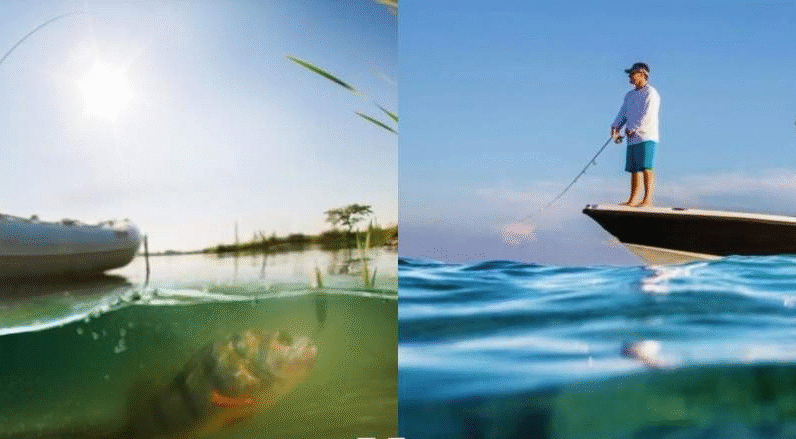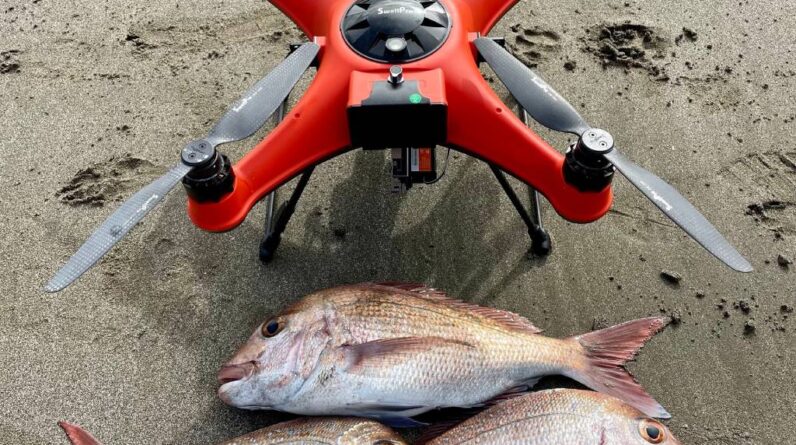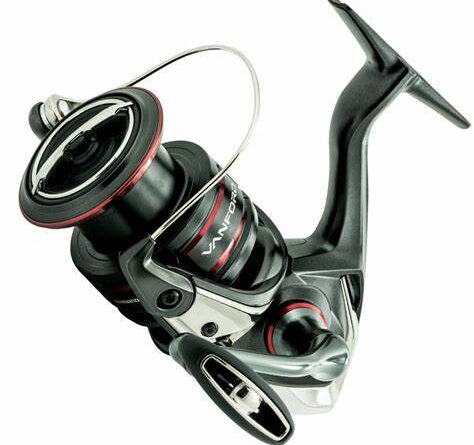The pursuit of fishing is not just a recreational activity; it’s a quest to understand the rhythm of nature and harness its secrets. One of the most crucial aspects of successful fishing is timing. Anglers often ask, “What time is the best time to go fishing?” In this comprehensive article, we will explore the factors that influence the optimal fishing times and share insights to help you plan your fishing excursions effectively. Additionally, we’ll highlight the importance of resources like www.cheerfulfisherman.com, which provides Fishing News, Fishing Guides, and valuable insights into Worldwide Fishing to keep anglers informed and prepared.
The Influence of Time on Fishing Success
The best time to go fishing isn’t just a random moment; it’s a carefully calculated choice considering various natural factors. Here’s how time affects your fishing success:
- Time of Day: Fish are more active during specific times of the day. Many anglers swear by the “golden hours” of dawn and dusk when fish are feeding closer to the surface. However, depending on the species and location, mid-morning or afternoon fishing can also yield great results.
- Tides: In coastal areas, tidal movements greatly influence fish behavior. High and low tides can create opportunities for anglers, with many species feeding during tidal changes.
- Moon Phases: The lunar calendar plays a significant role in fishing. Full moons and new moons can trigger fish to feed more actively. During these phases, tides are often more extreme, further enhancing fishing opportunities.
- Seasonal Changes: Different seasons affect fish behavior. For example, spring often brings spawning runs, while fall can result in feeding frenzies as fish prepare for winter.
The Importance of Local Knowledge
To determine the best time to go fishing, it’s crucial to understand the specific conditions of your chosen fishing location. Local knowledge is invaluable in this regard, and websites like www.cheerfulfisherman.com offer a wealth of information through Fishing Guides and expert insights. These resources provide details about regional fishing patterns, ideal times to fish, and tips for tackling specific species.
Factors That Influence Fishing Times
Several factors can influence the optimal time to go fishing. Let’s explore these in detail:
- Temperature: Water temperature affects fish metabolism. Warmer water often leads to increased fish activity, making early morning and late afternoon ideal during hot summer days.
- Weather Conditions: Changes in weather can significantly impact fishing. Overcast days are often better than bright, sunny ones, as fish may venture closer to the surface for food.
- Barometric Pressure: Fish are sensitive to changes in barometric pressure. Falling pressure often triggers feeding, while rising pressure can make fish less active.
- Wind: Wind can create underwater currents that stimulate fish feeding. In general, a gentle breeze is favorable, but excessively windy conditions may make fishing challenging.
- Food Availability: Understanding the prey fish feed on is essential. Fish are more likely to bite when their preferred food sources are abundant.
Species-Specific Timing
Different fish species have unique feeding habits and preferred times for feeding. Understanding these patterns is essential for success. For instance:
- Bass are known to be more active during dawn and dusk and tend to seek cover during the midday heat.
- Trout are often active in colder waters, making early morning fishing a prime time.
- Tarpon are more likely to feed during outgoing tides.
- Catfish are often caught more readily at night when they are nocturnal feeders.
Fishing According to the Moon Phases
The moon’s phases play a crucial role in determining the best fishing times. Anglers often refer to lunar calendars to plan their fishing trips effectively:
- Full Moon: Full moons can trigger fish to feed more actively, especially at night. It often results in strong tidal currents.
- New Moon: Similar to full moons, new moons can also lead to increased fish activity. Both moon phases coincide with higher tides.
- First and Last Quarters: These phases, when the moon is half-illuminated, can provide good fishing opportunities, particularly for species that are sensitive to light changes.
Fishing During Tides
Tidal movements, caused by the gravitational pull of the moon and the sun, have a significant impact on fish behavior:
- Incoming Tide: As the tide comes in, it can push baitfish and other prey species closer to shore, making it an excellent time for predatory fish to feed.
- Outgoing Tide: The outgoing tide carries food away from shallower areas, often causing fish to gather in deeper spots where they can ambush prey.
- Slack Tide: This is the period between incoming and outgoing tides when the water is relatively calm. Fishing during slack tide can be less productive, but it can still yield results for certain species.
Seasonal Considerations
Each season brings unique fishing opportunities:
- Spring: Spring often marks the spawning season for many species, leading to increased fish activity and feeding. It’s an excellent time to target spawning fish.
- Summer: Summer can be productive, but fish may move to deeper, cooler waters during the heat of the day. Early morning and late afternoon are prime times.
- Fall: Fall is a fantastic time for fishing as fish are actively feeding to prepare for the winter. It’s a season of abundance for anglers.
- Winter: While winter fishing can be challenging due to cold water, some species, like trout and walleye, remain active. Focus on deeper waters and sunny days.
Local Knowledge and Fishing Guides
Understanding the best time to go fishing in your chosen location often requires local knowledge. This is where websites like www.cheerfulfisherman.com become invaluable. Fishing Guides on the website provide detailed information about specific regions, including local fishing patterns, tides, moon phases, and species behavior. Accessing this knowledge can significantly increase your chances of a successful fishing trip, whether angling in your local waters or planning a fishing adventure abroad.
Conclusion
Determining the best time to go fishing is a complex interplay of factors, including time of day, weather conditions, lunar phases, tides, and seasonal changes. Successful anglers leverage their understanding of these factors, local knowledge, and resources like www.cheerfulfisherman.com, which offers Fishing News, Fishing Guides, and Worldwide Fishing insights.
While there is no one-size-fits-all answer to the question of the best fishing time, by carefully considering these factors and continually learning from experienced anglers and online resources, you can enhance your angling skills and increase your chances of landing the catch of a lifetime. So, whether you’re a novice or a seasoned angler, remember that timing is everything when it comes to successful fishing.







1 Comment
Comments are closed.